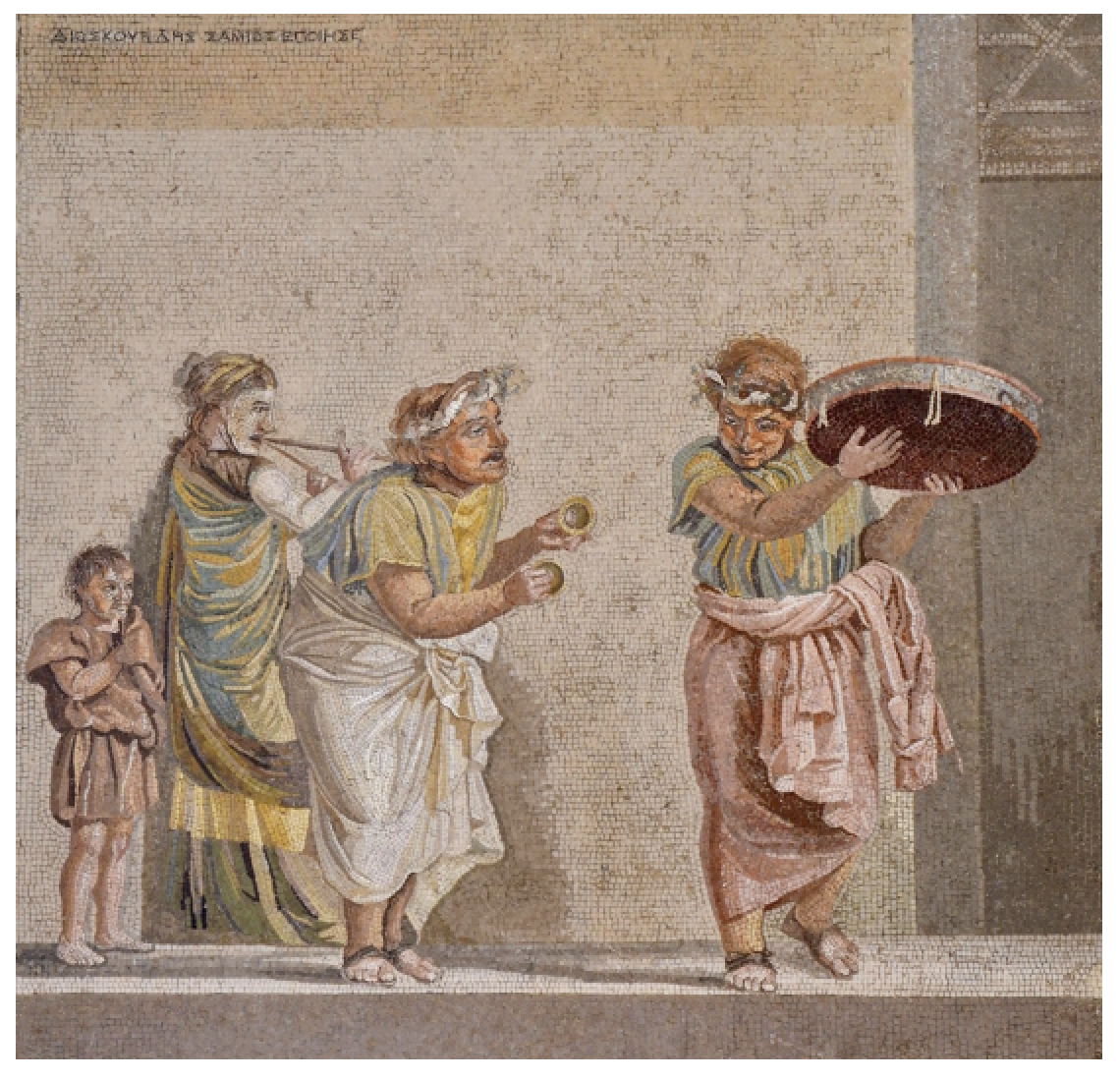So how on earth did we get here? According to Lemon, it’s the inevitable swing of the pendulum thanks to global events, politics, cultural shifts and, in a starring role, social media. And with the latter, I would wholeheartedly agree.
The short-term, quick-fix obsession
From the moment we realised we could track and record attribution from online ads, the more addicted we became to that sweet, sweet high of performance advertising.
Throw another ad out. Track how many people clicked it, visited your site and bought your product. Boom. Attribute sales to that ad.
But, a) attribution is never so black and white, and, more importantly for this blog post, b) the ease and attribution addiction results in shitty ads.
Shitty, left-brain feature riddled ads. Ads that are churned out, often by people with little to no creative experience, and worse, by those who have the experience but are so boxed in by budgets and briefs and bad bosses that they have no other option. They’re ads that require no work to decode and decipher. Ads that literally spell things out for you. And ads that are for everyone – the dreaded global ad. No accents. No wordplay. No innuendo. No cultural references. Even writing it makes me bored.
But performance marketing is fast, simple, and, crucially, you can easily access a dashboard, track ROI and give those numbers to bosses who need them for their bosses.
We’ve become so focused on quick returns that it’s causing damage not only to the level of creative output and advertising effectiveness but also to the bottom line.
“80% of CFOs at 400 of the world’s largest companies would sacrifice a firm’s economic value to meet this quarter’s earning expectations.”
We keep throwing money at digital ads when 77% of B2B ads can be expected to generate zero growth for companies, and 95% of B2B buyers aren’t in the market for your product anyway.
Of course, the good (or bad, depending on your camp) news is that cookies are going away. If this and the above percentages don’t necessitate some kind of change, I’m not sure what does.
So what can you do? Focus on long-term branding efforts. Heck, you can even prove that long-term branding campaigns deliver on both long and short-term goals, while the reverse is not true.
“Advertising mainly works by building and refreshing memory links to a brand – rather than by directly driving sales.”
Long-term builds brand. Long-term builds ESOV. Long-term boosts both long and short-term sales. Long-term makes you top of mind. Long-term works*.
But back to our brains.
*I’m by no means advocating for 100% long-term focus. 60/40 rule and all that
Do ads with right-brain features perform better?
Absolutely yes. “Ads with more right-brain features have a clear advantage on the effectiveness Star rating* over ads with fewer right-brain features.”
The key here is entertainment. Ads that entertain, speak to the right brain, and make people feel something are proven to provide positive long- and short-term effects.
System1 analysed 200 TV ads (100 UK and 100 US) and found that those with more left-brain features proved more likely to achieve a low Star rating, whereas those with more right-brain features proved more like to achieve a high Star rating.





